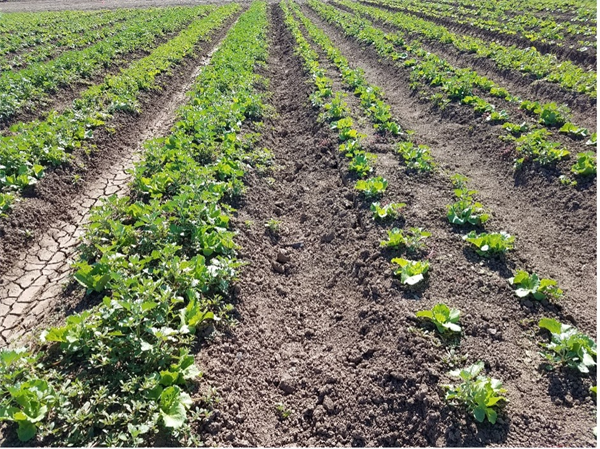Nov 17, 2021
4R Nutrient Management
According to all available evidence, there are 20 total nutrients necessary for complete plant growth and development. Not all are required for all plants, but all have been found to be essential to some. Three of the 20 (carbon, hydrogen, and oxygen) and are derived from CO2 and H2O and are not usually considered in terms of managing a plant nutrition and soil fertility program. The remaining 17 are commonly referred to as mineral nutrients (N, P, K, Mg, Ca, S, Fe, Mn, Mo, Cu, B, Zn, Cl, Na, Co, V, and Si). Of the 17 mineral nutrients, N, P, and K are the macronutrients; Mg, Ca, and S are secondary nutrients; and Fe, Mn, Mo, Cu, B, Zn, Cl, Na, Co, V, and Si are referred to as micronutrients. The terms macro-, secondary, or micronutrients do not refer to any level of importance but rather to relative amounts required by plants.
The amount of a given nutrient found in a plant will depend on several; factors, governed in
general by a broad range of plant and environmental interactions. Therefore, the percentage composition of plant nutrients can vary tremendously among species and locations. Since all the mineral nutrition is provided to the plant by nutrient uptake from the soil through the root system, an understanding of the soil conditions and the effects on plant nutrition are very important. A fundamental point to consider is that there is usually a rather poor relationship between the total amount of a given nutrient found in the soil (i.e., P or K) and the amount available to the plant for uptake and utilization. This is very true in Arizona where our agricultural soils are commonly rather young (geologically) alluvial soils with a high native fertility level. Soil tests are commonly used to establish a relationship
between an estimated level of a “plant-available” form of a given nutrient and its sufficiency, deficiency, or toxicity for the crop in question. The relationships between a soil test and actual crop nutrient needs are usually specific for a crop and region and a set of common soil conditions.
Developing a sound fertilization program begins with a good understanding of actual soil conditions. The collection and analyses of a good (representative) set of soil samples and then relating that information to established guidelines are the first steps toward developing a strong soil fertility and plant nutritional management program for any crop. This is important for the overall efficiency of a crop production system, including agronomic, economic, and environmental efficiency.
To maximize nutrient management efficiency, it is good to consider the 4R concept of plant nutrient management and application, consisting of:
1. Right fertilizer source at the
2. Right rate, at the
3. Right time and in the
4. Right place
The 4R nutrient stewardship approach utilizes the implementation of best management practices (BMPs) that optimize the fertilizer use efficiency by the crop. The primary objective of the 4R approach and BMPs is to match nutrient supply with crop requirements and to minimize nutrient losses from fields. Each case can vary among farms and fields, dependent on local soil and climatic conditions, crop, management conditions, and other site-specific factors.
To contact Jeff Silvertooth go to:
silver@ag.arizona.edu












